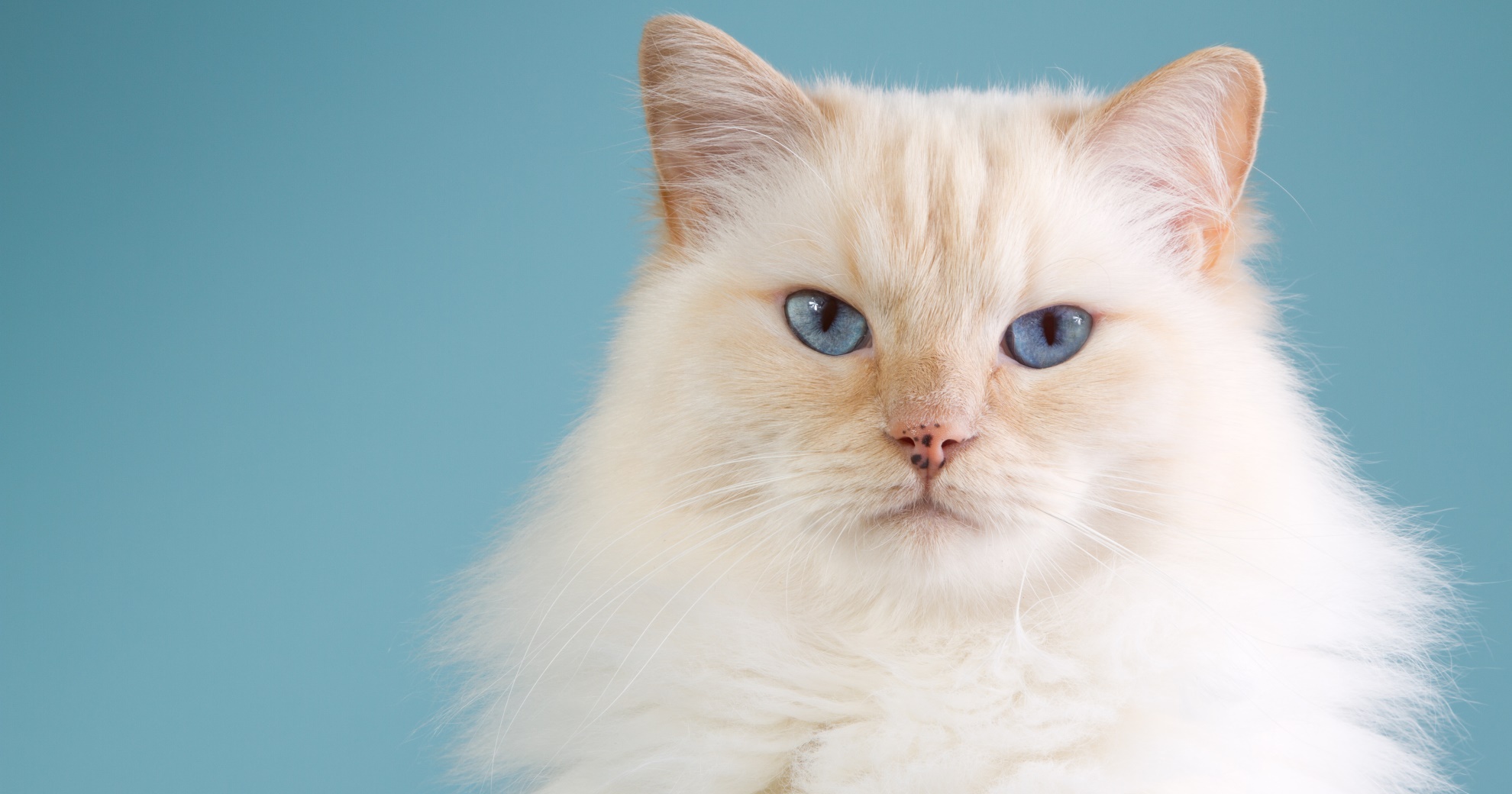HEALTH & WELLNESS

TRENDING

SIGN UP and Start Receiving
Our Monthly Newsletter,
The Chronicles
Stages of Feline Chronic Kidney Disease

Understanding Chronic Kidney Disease (CKD) in Cats
THE FUNCTION OF THE KIDNEYS
The cats’ kidneys, just as in their human counterparts, filter the blood and remove waste products. During the day, the body makes waste that it cannot use and adds it to blood for transport to the kidney. The kidney then filters the toxins and waste products out of the blood and into urine for disposal out of the body.
CHRONIC KIDNEY DISEASE (CKD)
CKD is one of the most common conditions to affect ageing cats. It occurs when there is long-term, irreversible damage to the kidneys. Many different things can cause kidney damage and, unfortunately, most of them cannot be tested for or prevented. This damage prevents the kidneys from filtering waste products out of the blood.
CKD IS A PROGRESSIVE CONDITION
The progression of kidney disease is different between individual cats. Some cats live many years but there is usually a gradual worsening of clinical signs with time. The sooner a diagnosis has been made and appropriate treatment started, the better able your veterinarian will be able to help your cat.
THE FOUR STAGES OF CHRONIC KIDNEY DISEASE
The International Renal Interest Society (IRIS) developed a method to gauge the severity of the disease in four stages. Stage 1 is the least severe and Stage 4 is the most severe. Staging the disease is useful for treatment, monitoring and management of the disease.
Stage I: Early kidney insufficiency
- This means that the cat’s kidney function is somewhere between 33 and 99%. It is difficult to identify kidney disease until later stages.
- This is usually diagnosed by seeing a creatinine less than 1.6 on blood work, but there may be other signs of kidney disease, such as low electrolytes, dilute urine, excess protein in the urine, or small or misshapen kidneys.
- We do not typically see any clinical signs or symptoms at this stage.
Although there’s a lot you can do for your cat if he or she is in stage I of CKD, you probably won’t even realize that you should because seeing the signs during this time is rare. Tests are usually required to diagnose CKD this early, but testing cats that look healthy is not common practice.
Stage II: Late stage kidney insufficiency
- This stage means that the cat’s kidney function is somewhere between 25 and 33%. The kidneys are still adequately filtering out toxins and waste products, but they are starting to struggle.
- This is usually diagnosed by seeing a creatinine level between 1.6 and 3.0 and seeing low electrolytes on blood work.
- Some symptoms at this stage may be more water intake, and a little more urine output and hypertension.
- At this point, treatment becomes a little more aggressive, but with treatment, we can prolong stage II CKD for several months to several years.
Cats in stage II of CKD will typically experience increased thirst and therefore need to drink more water. They will also produce more urine and urinate more frequently. They may even urinate in inappropriate places. A reduction in appetite, weight and energy levels may become apparent in this stage or otherwise in stage III. Once you’ve told your veterinarian about the symptoms, he or she can test creatinine and electrolyte levels as well as blood pressure to confirm or rule out CKD.
Stage III: Early kidney failure
- This stage means that the cat’s kidneys are now functioning between 15% and 25%. At this point, the kidneys are no longer able to adequately filter out all of the toxins and waste products of the body, and the cat may be starting to develop more noticeable symptoms of kidney disease.
- This is diagnosed by seeing a creatinine level between 3.0 and 6.0 and abnormal electrolytes on blood work.
- The primary symptoms are increased drinking and urination, increased nausea, which will usually manifest as decreased appetite, being pickier with foods, and an increase in vomiting. Hypertension is often present, and cats are more prone to secondary bladder infections.
During stage III, the dangers are very real and without proper treatment the inevitable will happen much sooner. The same signs that may have already surfaced in stage II may become more severe, but other things can start to happen as well. In stage III, a cat’s coat may seem worse for wear. Bladder infections, nausea and vomiting are also common.
Stage IV: End stage kidney failure
- This stage means that the cat’s kidneys are now functioning at less than 15%.
- The focus is on supportive care and increasing quality of life. This is diagnosed by seeing a creatinine level higher than 6.0, and in most cases, an elevated phosphorus level.
- The primary symptoms at this stage are extreme nausea, to the point of not eating, and lethargy.
Symptoms in a cat with stage IV CKD cannot be missed. More than 85% of kidney function has been lost and the irreversible damage is at its peak. Cats that have reached stage IV don’t have much longer to live, perhaps not even a year.
By now, additional symptoms can include dark urine, diarrhea, bloating, lethargy, mouth sores, bad breath and anemia. Quality of life has greatly declined in stage IV.
Managing the disease may not be as effective anymore and supportive treatment may not be enough. You need to make a decision about your cat’s condition and how long he or she can endure it.
LIFE EXPECTANCY WITH CKD
Once the kidneys are damaged, they have very limited ability to repair and recover. With proper management, however, most CKD cases progress quite slowly. Your cat may have a number of years of activity and good quality of life with proper treatment.









